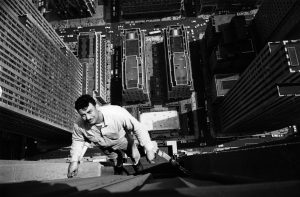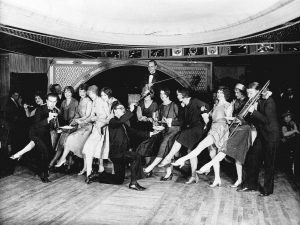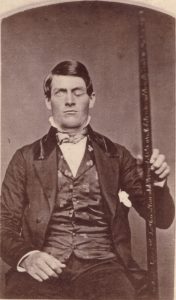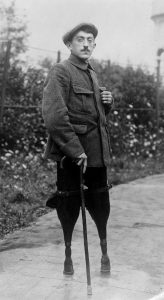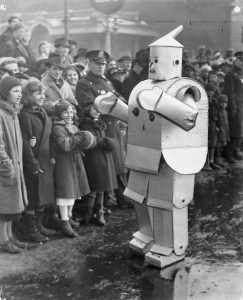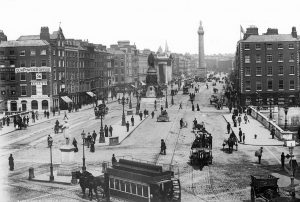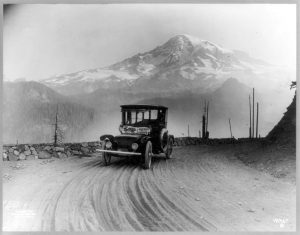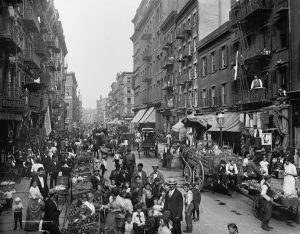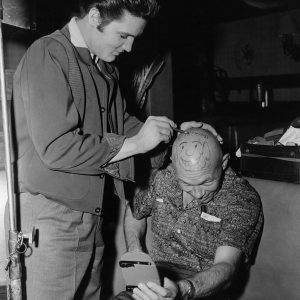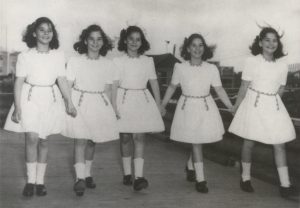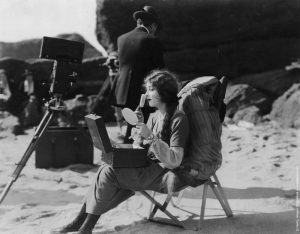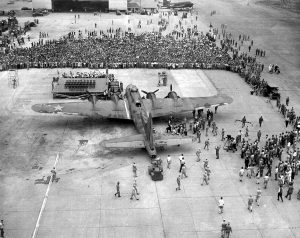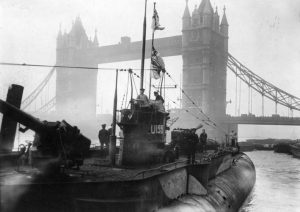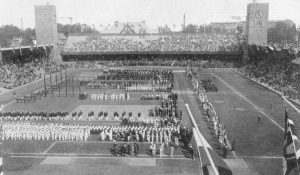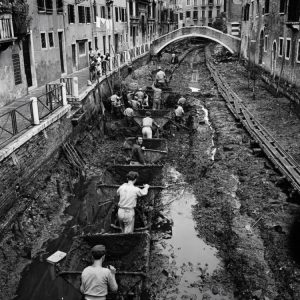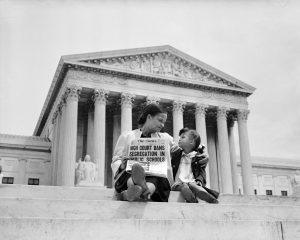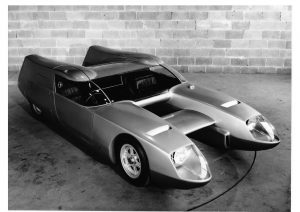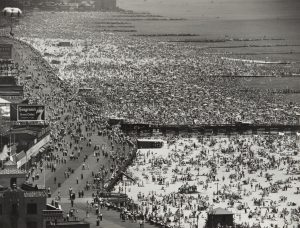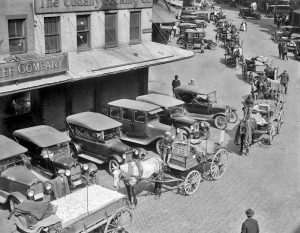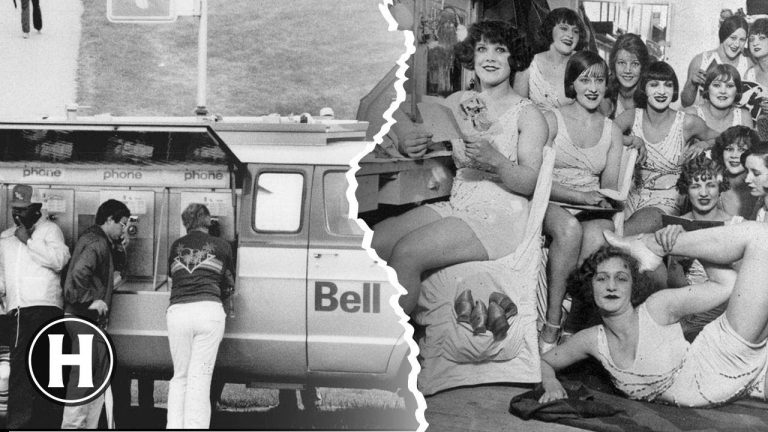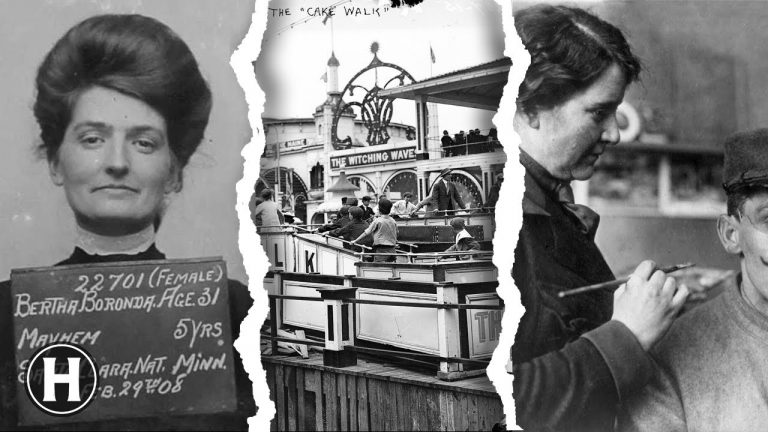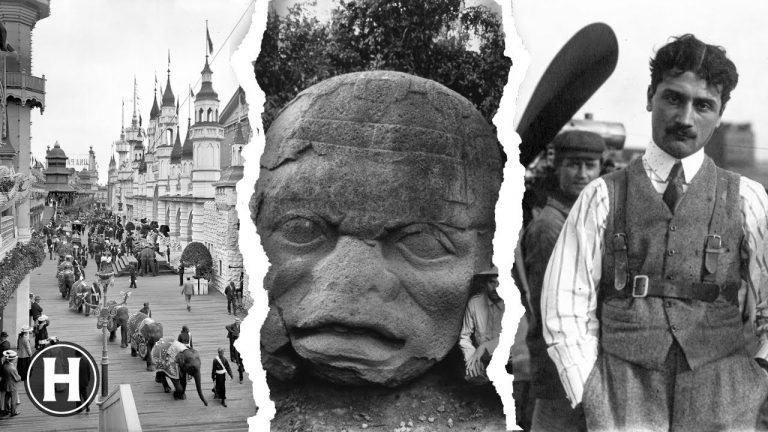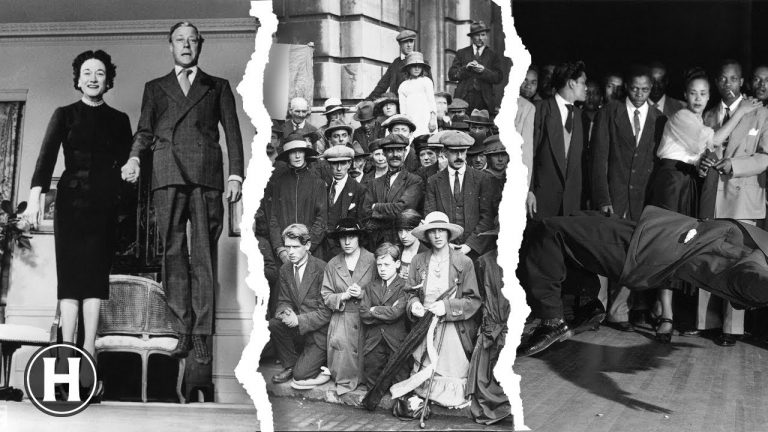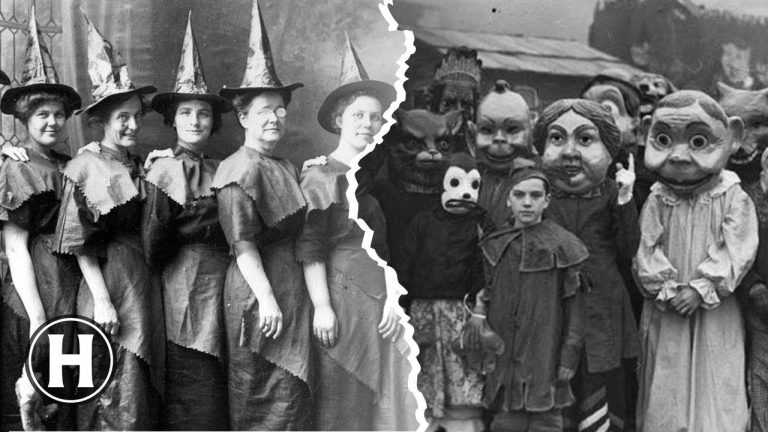Take a step back in time with this collection of diverse images capturing poignant vignettes of the past – from a 1961 window cleaner in action to the electrifying buzz of Coney Island in 1949.
Window Cleaner, RCA (1961)
In May 1961, a daring window cleaner dangled hundreds of feet above ground, fearlessly navigating the heights of the iconic RCA Building in New York’s Rockefeller Center, demonstrating the daily risks faced by these unsung urban heroes.
Dance Marathons (1930s)
During the Great Depression, people joined “dance marathons” as a means to escape hardships and potentially earn prize money. These events saw contestants dancing for days or even weeks, pushing themselves to physical and mental exhaustion.
Phineas Iron-Skull (1850)
Phineas Gage miraculously survived an 1848 accident where a tamping iron pierced his skull, altering his personality. He carried the iron as a reminder, becoming a significant case study in brain injury and personality change.
Louis Blin – WWI Veteran Rehab (1919)
Louis Blin, a WWI veteran who lost his legs, attended a rehabilitation center in France. His inspiring journey showcases the strength and resilience of many wounded soldiers during that time (1919).
The Mechanical Man (1936)
In the 1936 Mummers Parade in Philadelphia, a fascinating spectacle featured a “mechanical man of the future,” a humanoid robot representing cutting-edge technology and foreshadowing the increasingly important role of automation in the decades to come.
O’Connell Bridge and Sackville Street (1890)
In 1890, Dublin’s O’Connell Bridge and Sackville Street showcased a bustling Victorian-era city, complete with iconic red-brick buildings, horse-drawn trams, and gas street lamps, reflecting Ireland’s economic growth and cultural significance during the 19th century.
Detroit Electric Car (1919)
In 1919, The Detroit Electric car, an early electric automobile produced by Anderson Electric, embarked on a promotional tour through the mountains from Seattle to Mt. Rainier, demonstrating its durability and adaptability to various terrains.
Little Italy NYC (1900s)
In the 1900s, Little Italy flourished as a tight-knit, predominantly Italian enclave in Lower Manhattan, pulsating with culture, businesses, and residents celebrating their heritage amid New York City’s bustling diversity.
Elvis Presley Draws Jack (1957)
In 1957, Elvis Presley playfully sketched on makeup artist Jack Stone’s head, while on the set of “Loving You”. The iconic singer showed his humorous side, adding charm to his legendary status.
Dionne Quints (1940s)
The Dionne quintuplets, born 1934, were the first recorded quintuplets to survive infancy. Exploited by Ontario’s government, they became a popular tourist attraction in the 1940s, generating millions in revenue through “Quintland.” Eventually, guardianship was returned to their parents.
Mildred Harris (ca. 1923)
In 1923, Mildred Harris, a prominent actress and Charlie Chaplin’s first wife, displayed her modernity and dedication to her craft by applying makeup on the beach, signaling a shift in societal expectations for women in the film industry.
Memphis Belle Dayton, Ohio (1943)
Memphis Belle, a WWII B-17 Flying Fortress bomber, completed 25 missions, triumphing as one of the first to do so. Sent to Paterson Field, Ohio, the lauded aircraft toured America to boost morale and war bond sales (1943).
Sub on River Thames, London (ca. 1918)
In 1918, U-155, a captured Type U 151 U-boat, was exhibited on the River Thames. These long-range submarines were initially built as merchant vessels (ca. 1918)
Saint-Pierre Church Ruins (1944)
Post-collapse of Saint-Pierre church’s bell tower, an allied soldier stands atop the rubble in Caen, Normandy, The historic church faced destruction during WWII’s Battle of Normandy (June 10th, 1944).
Stockholm Games – Opening Ceremony (6 Jul 1912)
The 1912 Stockholm Olympics marked the debut of electric timing, as well as art competitions, and saw Japan become the first Asian nation to participate, diversifying the Games and paving the way for future international inclusion.
Canal Cleaning – Venice (1956)
In 1956, Venice’s Grand Canal was completely drained and cleaned. The mud was dumped in the lagoon.
Nettie Hunt & Nickie (1954)
Nettie Hunt and daughter Nickie symbolized hope for desegregation after the Brown v. Board of Education ruling on May 17, 1954, which declared racial segregation in public schools unconstitutional, challenging the “separate but equal” doctrine.
OSI Silver Fox Prototype (1967)
The Bisiluro Silver Fox, designed by OSI in 1967, was a radical prototype race car with twin fuselages that improved aerodynamics, boasting unique steering and suspension systems.
Coney Island (July 4, 1949)
On July 4, 1949, Coney Island, NY, bustled with eager visitors enjoying the holiday.

